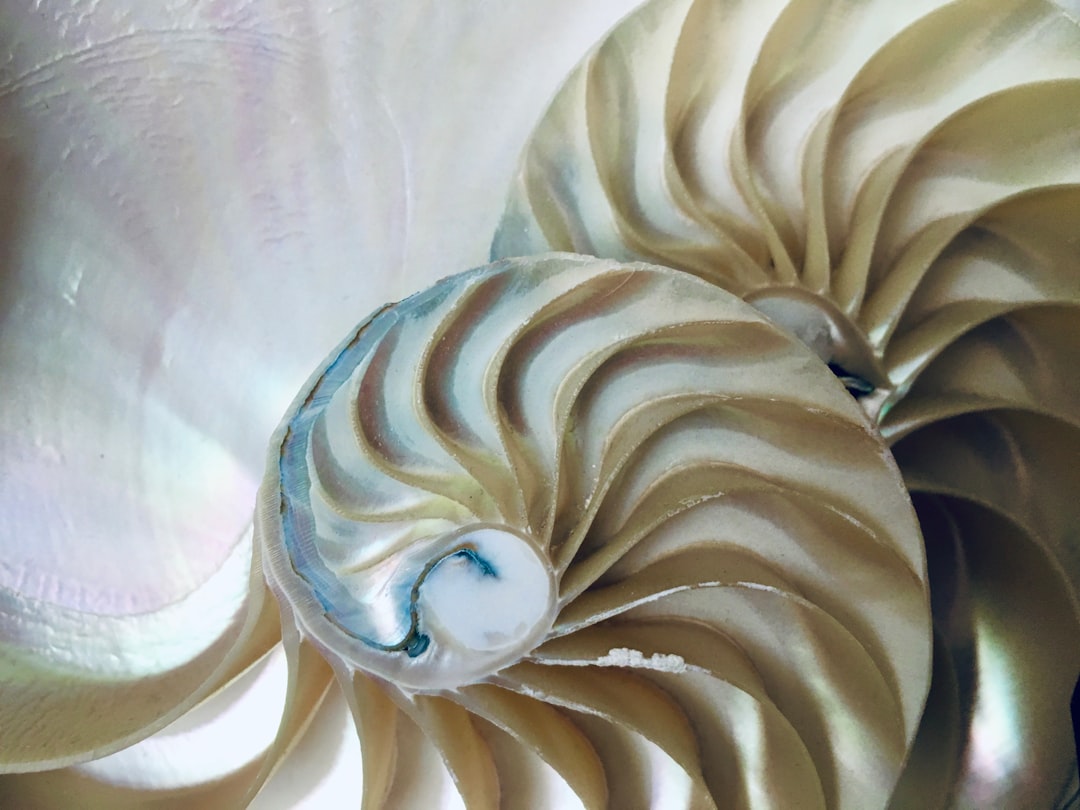What is it about?
Here I have presented a computational (or mathematical) model for solving helical structure using an X-ray free-electron laser (XFEL). The inner discontinuity of the viral genome provides a decisive clue regarding the rotationally invariant Fourier space constraint of the diffraction volume.
Featured Image
Why is it important?
Many of the important structures of nature such as helical viruses or deoxyribonucleic acids (DNA) consist of helical repetition of biological subunits. Hence development of method for reconstructing helical structure from collected XFEL data has been a top priority research. This work along with the proposed model describe a method for solving helical structure such as TMV (tobacco mosaic virus) from a set of randomly oriented simulated diffraction patterns exploiting symmetry and Fourier space constraint of the diffraction volume.
Perspectives
TMV consists of repeating units of biological building blocks and each unit consists of 49-protein sub-unit spanned along a three-turn helix. This introduces a 49_3 helical periodicity. The inner core of TMV is primarily composed of helical coil of RNA with a defined helical discontinuity of viral genome. Among the three coordinates of cylindrical geometry, the real space cylindrical charge discontinuity is symmetric in (x,y) and it extends in a uniform symmetric manner along Z; hence the Z consideration for the model is unimportant. The rho discontinuity lead to reciprocal space constraint in resolution shell because of the monotonically steep behavior of the square of the delta function.
Dr Miraj Uddin
University Of Wisconsin Colleges
Read the Original
This page is a summary of: Reconstructing three-dimensional helical structure with an X-ray free electron laser, Journal of Applied Crystallography, February 2016, International Union of Crystallography,
DOI: 10.1107/s1600576716000303.
You can read the full text:
Contributors
The following have contributed to this page










